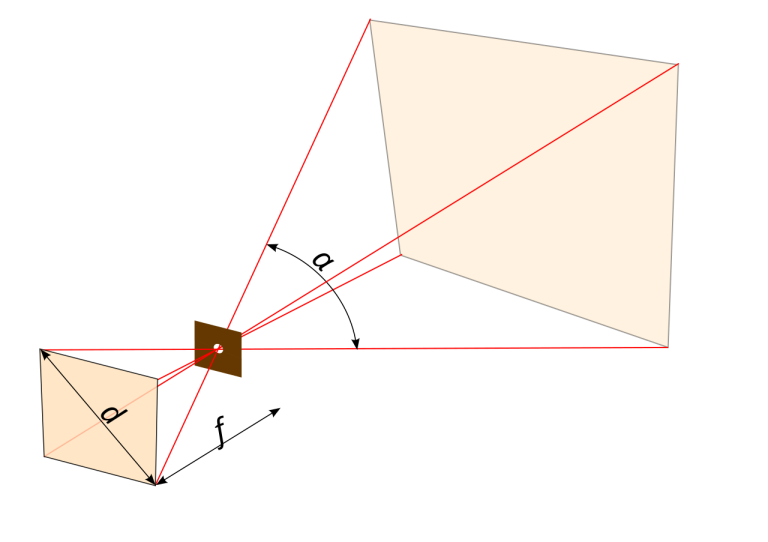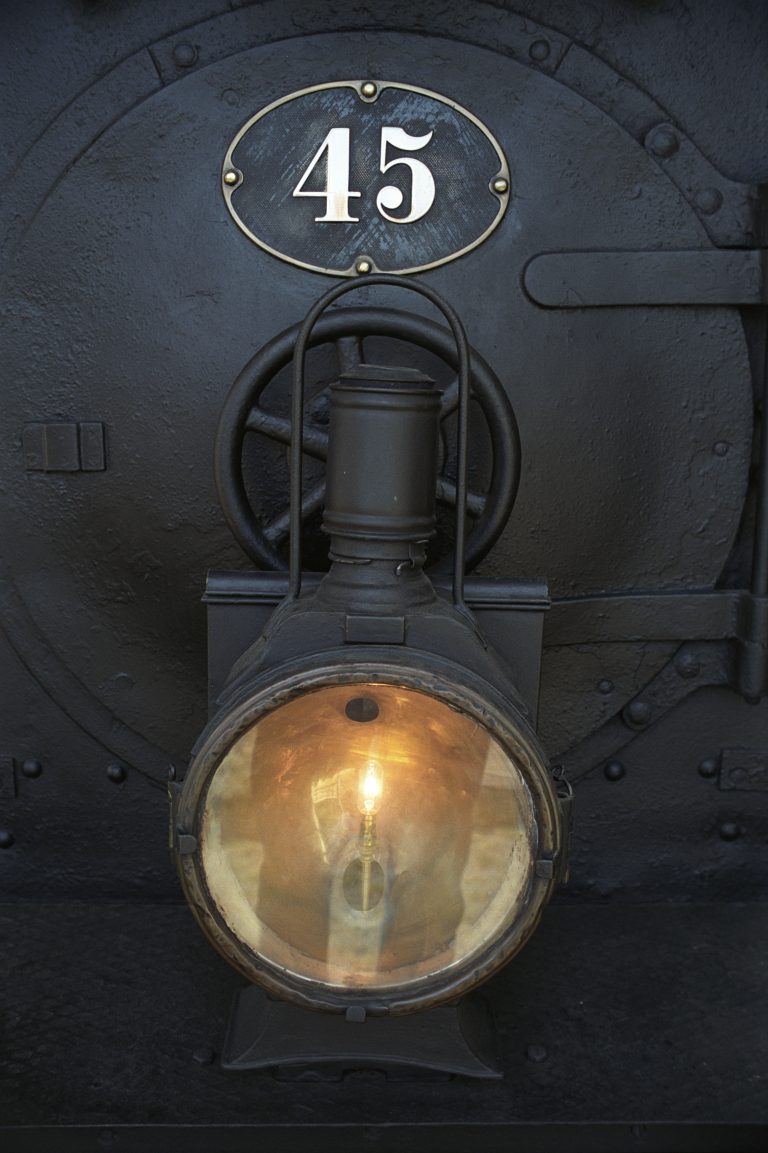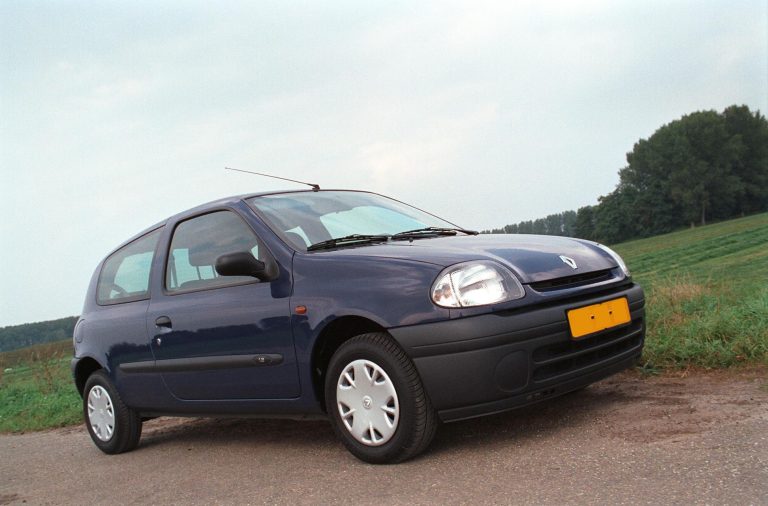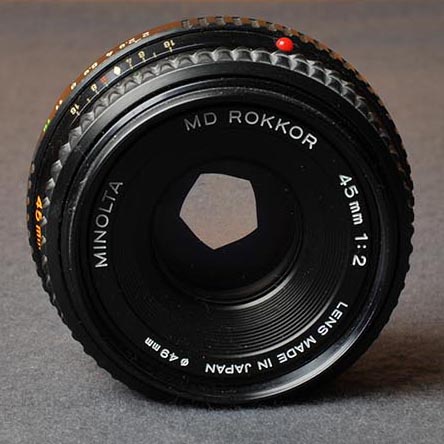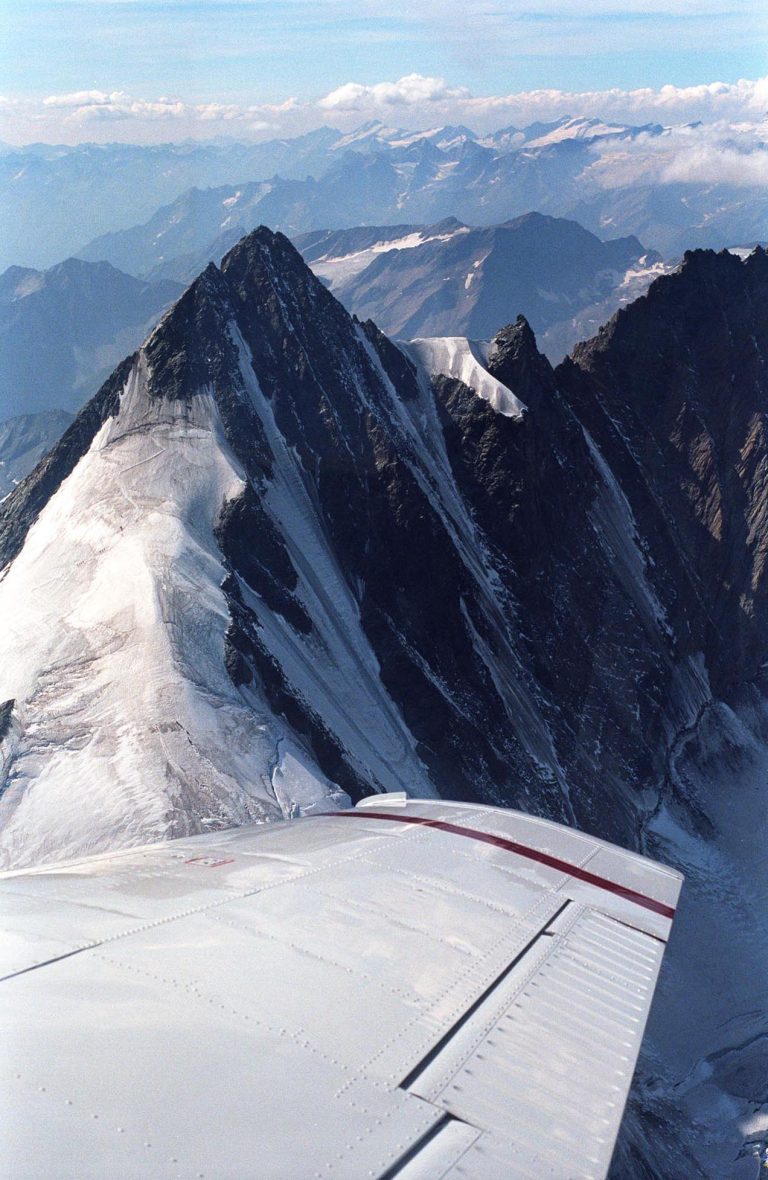Light – Contrast
Contrast Definition
- Something that is opposite of or strikingly different from something else.
Source: Wiktionary – Contrast
Light and Shadow
Contrast in photograpy usually describes the measure of diference between light and dark.
Good contrast control is at the hart of good photography. The photograph on the left has a high contrast due to the direct sunlight. This causes a very large difference between the light side and shadow side of the face. Because the eye sockets are slightly recessed shadows will quickly appear there. Causing the eyes to be barely visible, eventhough this is a very important part in portrait photography.

The photograph on the right was made in a shadow-rich environment beneath large trees with ample foliage. With the use of a portable folding reflector beneath refecting light from above the shadows become lighter. The contrast is controlled causing the eyes to become clearly visible.
Prevent High Contrast
There are several techniques to help control contrast.
- location in shade
- cloudy day
- portable folding reflector
- difusser
- fill flash
- studio photograpy
Direct and Indirect Light
Direct light originates from a point source and causes bright light parts and dark shadows. Because of the high contrast this is often referred to as “Hard Light“. Flashes and light bulbs are considered to be a point source. As is the sun.
Indirect light is reflected and/or refracted. Think light refected of a reflector, a location in the shade or daylight on an overcast day. Even a light gray gravelpath can be considered a refector. Is such situations where light comes from all directions, the contrast is low. This is often referred to as diffused light or “Soft Light“.
Balanced Light and Dark
Try to get the get the light and dark parts to still show variations in the whites and blacks.

The whites in the pattern band and the feather are detailed through the many variations. The blacks also contains many different shades.

Other Forms of Contrast
Light and shadow is not the only form of contrast in photography. Another form is color contrast, e.g. red hair against a green background. Or contrast between focussed and blurred. Here the focus is on the eyes. Unsharpness (blur) increases the further away from this point. Note the hair going from sharp to slightly blurred. Compare this with the totally blurred green foliage in the background.

The persons in the foregrond are in the shade of a tree. The building in the background is hit by sunlight causing a contrast in color temperature.



